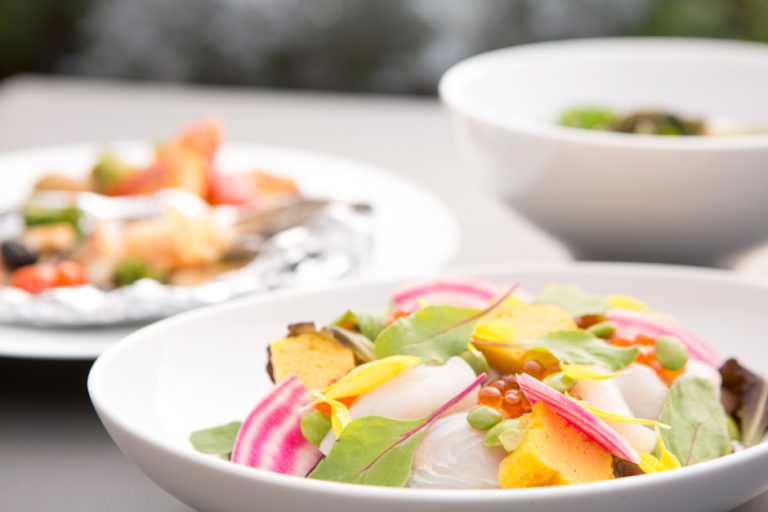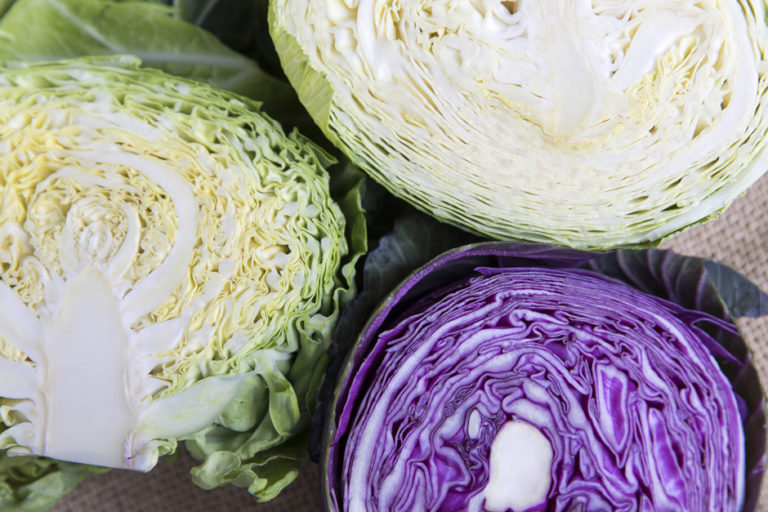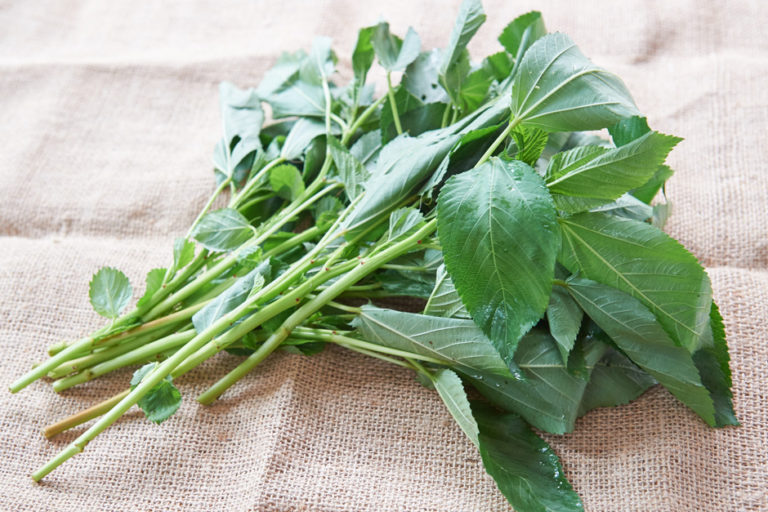Sounds Of The Shijimi
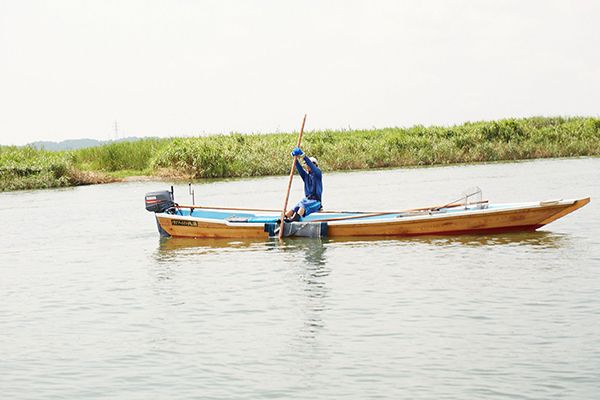
The Old Ways
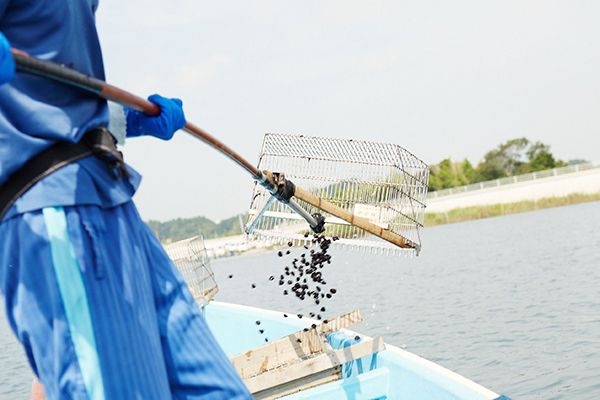
From Tokyo, it takes about 2 hours by highway to reach Hinuma. As we approach we can see the thin outline of Mt. Tsukuba in the background of a broad, brilliant green scenery. The clam-diggers move through the water in little wooden boats using a long pole, like a gondolier in Venice. You can hear the faint sounds of the wind and a chime, somewhere off in the distance.
“There are around 240 shijimi fishermen in Hinuma. In order to prevent overfishing, permits are extremely limited and there is a long waiting list to get one”, as Mr. Masamichi Kohashi tells us. He has been harvesting shijimi clams for over 10 years. There are strict rules attached to harvesting this particular variety of clam in order to protect them. For example, harvesting can only be conducted between 7am and 11am, your haul at the end of the day cannot weigh more than 100kg, and no clams under 12mm in diameter can be harvested.
We took a ride with Mr. Kohashi to find out how he works. He uses an old method to harvest shijimi that has become incredibly uncommon in recent days. He does not make use of any technology, just a box attached to the end of his pole called a “cutter” he uses to scoop them up from the bottom of the lake. Mr. Kohashi uses the flow of the lake and the strength of the wind to skillfully pick up the shijimi resting on the sand at the bottom.
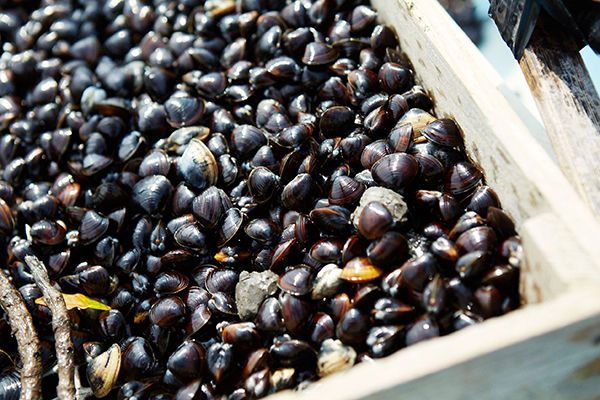
In an instant, Mr. Kohashi sweeps up a load of clams as if to say “easy as that”. The way he does it makes it look that simple, but his proficiency is the result of difficult practice. “It’s really quite difficult. If there’s no current, you won’t get anything, same if the current is strong. You use the sway of the boat, along with your weight and the flexibility of the pole. If you push too hard you’ll pick up too much earth and the pole will get heavy.” Even worse, no one can see what goes on at the bottom of the lake. “You don’t know how many there are down there, how many you picked up, or whether the clams you thought you picked up actually went in the box.” Mr. Kohashi relies on a little chime on his pole. When the box gets in that perfect spot between the clams and the soil, harvesting only the shijimi and not the earth with it, the shells slide together and send a little chime through the pole. “They’ve harvested shijimi by sound for a long time. After a few years you can even tell how many you’ve picked up 5 meters below the surface,” he tells us.
Freshness Above All
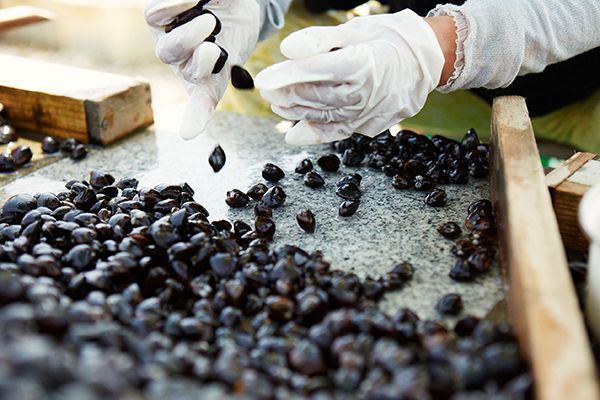
We asked Mr. Kohashi why he uses such an honest method to harvest shijimi. He told us it was to protect the freshness. “I’m sure you can use technology to efficiently sweep up a ton of them in a big box, but these clams can use their tongues to burry themselves under the earth. Using machinery will frighten them and drive them down.” Using machinery can cause damage to these crustaceans as well as cause them stress, so they become unable to spit out the sand they take in while trying to hide. The only way to continue protecting the freshness of the Hinuma shijimi is to use the older, kinder methods.
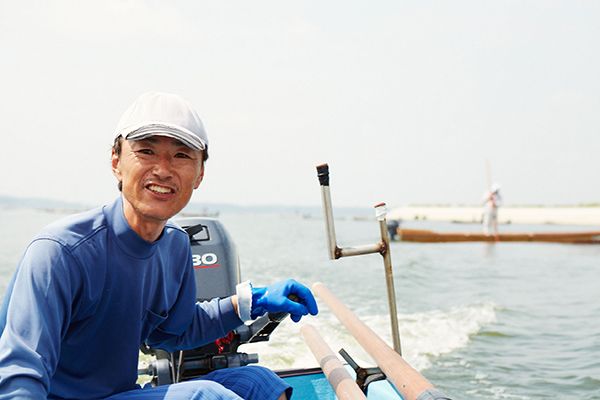
After fishing them out of the lake, the next step is to sort through the mountain of shijimi to root out any garbage or dead clams. This job is usually done as husband and wife. Mr. Kohashi and his wife, Mayumi, take two hours each day to sort through the pile. They use machinery to sort the trash out, but it is Mayumi’s 10 years of experience that helps her recognize the dead clams. Obviously no one can tell by looking at the shells whether or not they’re alive, so this is another job where sound comes in handy. The sound they make when dropped lightly on a stone table tells her whether they are alive or dead. When the shijimi dies, the creature inside becomes thin, creating a lot more open space in the shell, lending to the sound it makes. Mayumi will drop as many as 10 to 15 at a time and can tell instantly which are still alive. This is truly the technique of a professional.
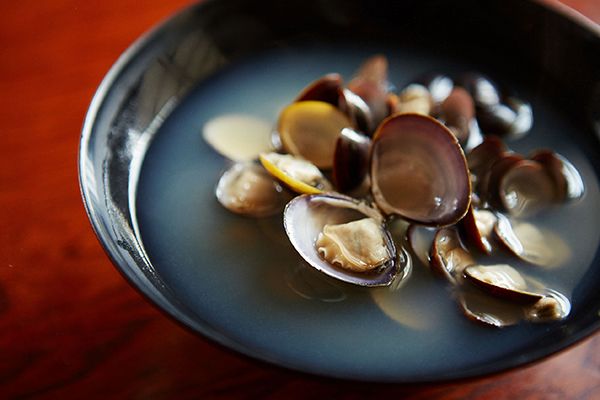
After the earthquake in Tohoku in 2011, the shape of the land changed. Hinuma lake lost 30-40cm of water, and the current is stronger now. Harvesting shijimi has become much more difficult than it was. Looking at the shijimi-obsessed Mr. Kohashi’s hands, now more like gloves, you can see the effects from years of work. He tells us for as long as he stands, he will continue harvesting shijimi.
“First of all, it’s a lot of fun. I’ll hit or miss based on my own intuition. It isn’t just something I do the same way each day, either. I improve my tools, change fishing spots, and so on. The harder I work, the more I bring home at the end of the day,” he says to us as a smile creeps across his face.
On the way back from covering Mr. Kohashi’s story, we stopped by a restaurant called “Uofune” and had a bowl of shijimi soup.
It has a simple appearance, a dashi made with large variety shijimi. It had a rich, robust flavor, great texture, and was full of shelled shijimi boiled in soy. We were instantly addicted. The blessings of nature mixed with the hard labor and skillfulness of mankind, brought to the table.
The blessings of nature mixed with the hard labor and skillfulness of mankind, brought to the table.
In Hinuma, I experienced a glimpse of the Japanese culinary culture that is so famous across the world.

